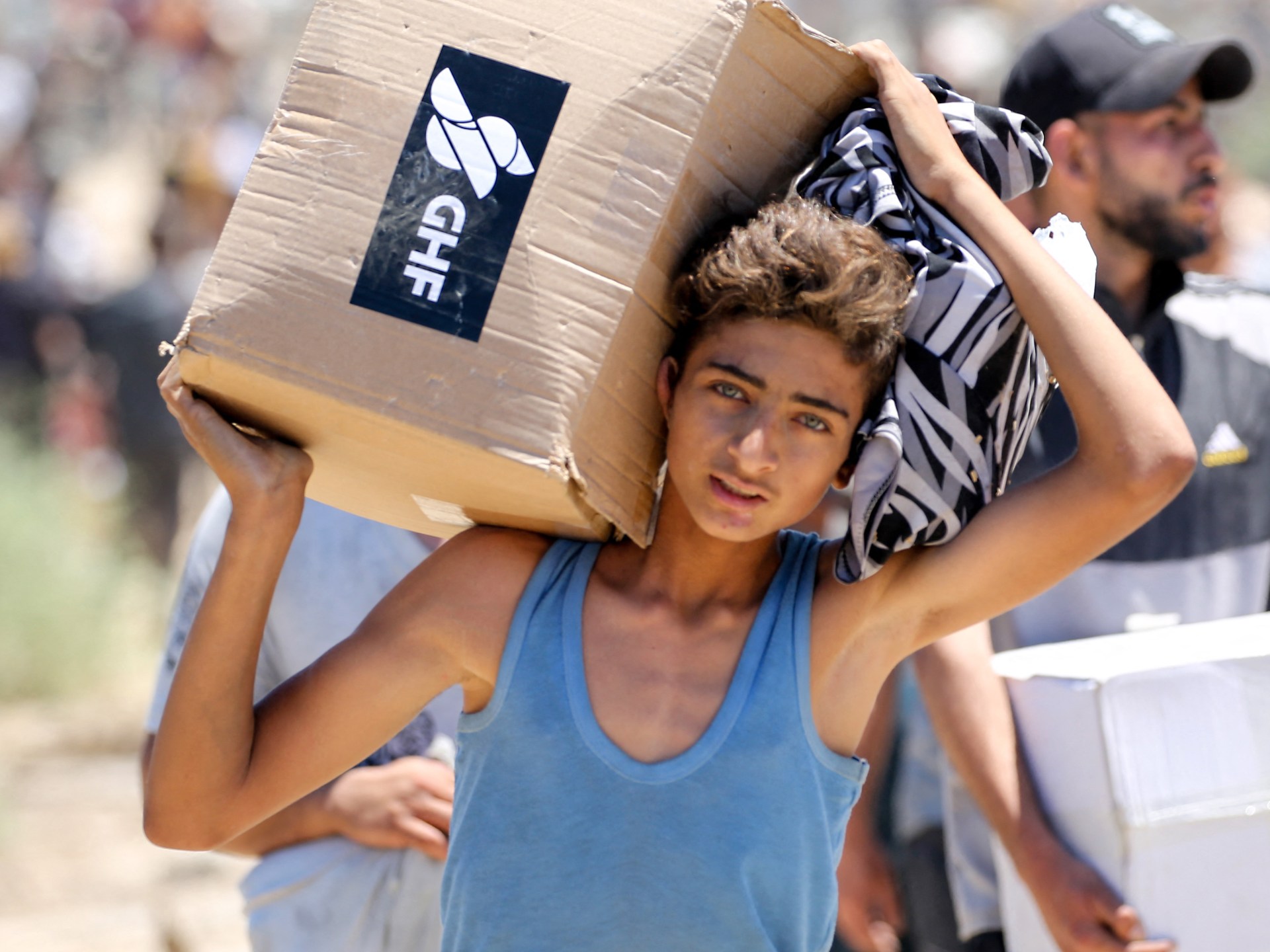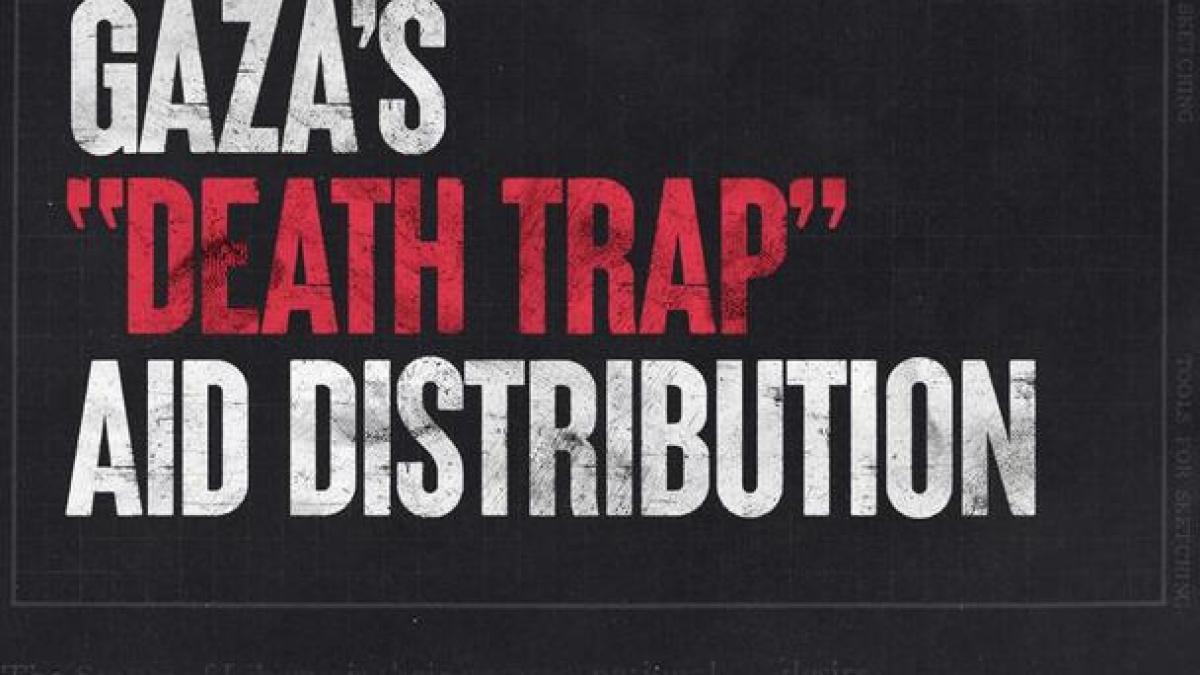The Normalization Trap: A Former Minister’s Warning on Taliban Diplomacy
For decades, Afghanistan has been dubbed the “graveyard of empires,” but a more enduring and painful truth is its role as a chessboard for regional rivalries. Today, a dangerous new chapter is unfolding: a tense disconnect between escalating violence on the ground and a quiet diplomatic normalization in foreign capitals. As powers like India recalibrate their stance toward the Taliban, a critical question emerges: is engagement building a pathway to peace, or merely rewarding impunity? In an exclusive Q&A, Mr. Masoud Andarabi, Afghanistan’s former Minister of Interior and Acting Director of the National Directorate of Security (NDS), issues a stark warning from the front lines of this crisis: without verifiable conditions, this new diplomatic track risks cementing Afghanistan’s status as a proxy battlefield and an incubator for global terrorism, all while its people endure a silent crisis of “generational trauma.”
The Dangerous Illusion of Normalization
Q: In your article for Cipher Brief, you describe a “dangerous two-track dynamic” of kinetic escalation on the ground and diplomatic normalization in capitals. Given that India’s engagement with the Taliban seems to grant them legitimacy without verifiable commitments, what specific, verifiable actions should a power like India demand from the Taliban before such high-level visits to avoid fueling this dynamic?
A: India should set clear, verifiable conditions before any high-level engagement with the Taliban. At a minimum, New Delhi should insist on three measurable actions:
- Restoration of women’s rights – including the right to education and employment.
- Concrete counterterrorism steps – such as dismantling safe havens and arresting members of al-Qaeda, the Islamic Movement of Uzbekistan (IMU), Tehrik-e-Taliban Pakistan (TTP), and the East Turkistan Islamic Movement (ETIM).
- Protection of former Afghan security personnel – many of whom fought terrorism with Indian support and are now being detained, tortured, or executed by the Taliban.
The Taliban continues to persecute minorities, suppress free media, and rule through coercion, not consent. India, as the world’s largest democracy, should not normalize relations with an authoritarian movement that denies fundamental rights and harbors transnational militants. Engagement without conditions only reinforces the Taliban’s impunity and erodes regional security.
Q: You characterize the actions of both Delhi and Islamabad not as malice but as “strategic realism.” Does this mean that for Afghanistan to achieve stability, it must fundamentally accept that its neighbors will always act in their own competitive interests, and simply try to manage it?
A: Yes. Based on my own experience in Afghanistan, stability requires accepting a difficult reality: our neighbors will always act through the lens of their own national interests. The task for any Afghan government is not to escape this rivalry, but to manage it with discipline and balance.
During the Republic, India maintained four consulates in Afghanistan—two of them near the Pakistani border. That decision deeply alarmed Islamabad and fueled Pakistan’s perception that Afghan territory was being used to encircle it. Such steps may have had diplomatic value, but they carried strategic costs that were never fully weighed.
Going forward, Afghanistan must adopt a policy of strict neutrality—restricting both Indian and Pakistani use of its soil for competitive ends, while focusing on national interests above regional alignments. Stability will come not from choosing sides, but from ensuring that no side can use Afghanistan as a platform for its rivalry.
Q: Regarding your proposal for “conditional engagement,” what is a single, achievable benchmark on counter-terrorism that the international community could universally demand from Kabul, and how could it be verified in a way that is convincing to both the West and regional powers?
A: A single, achievable benchmark on counterterrorism should be the verifiable dismantling of terrorist training and recruitment networks inside Afghanistan, including those linked to the Tehrik-e-Taliban Pakistan (TTP), al-Qaeda, and the Islamic Movement of Uzbekistan (IMU).
Verification must not rely on Taliban assurances. It should involve independent monitoring through UNAMA, supported by satellite imagery, shared intelligence from regional and Western partners, and credible field reporting. Only external verification can make any Taliban commitment meaningful.
Current backchannel intelligence contacts between the Taliban and Western agencies may offer short-term tactical benefits, but they carry long-term risks. The Taliban’s continued expansion of radical madrasas, its protection of foreign militants, and its repression of women’s education all point to a future threat environment in the making.
Without verifiable counterterrorism action, engagement risks legitimizing Afghanistan’s return as a sanctuary for global terrorism. Conditional engagement must therefore combine immediate, measurable security steps with sustained political pressure for broader governance and, ultimately, elections that allow Afghans to determine their own future.
The Regional Quagmire: A Shared Threat to All
Q: Pakistan’s deep leverage inside Afghanistan is well-documented, but it has also resulted in significant blowback, including attacks from groups like the TTP. From your perspective, is Pakistan’s current policy a net strategic gain or loss for its own national security?
A: Pakistan’s policy toward Afghanistan has been a net strategic loss for its own national security. For decades, Islamabad has pursued the illusion that supporting proxy groups could secure influence in Kabul. This approach began in the 1990s under Interior Minister Nasrullah Babar, when Pakistan helped create and arm the Taliban, a policy that ultimately contributed to the conditions leading to 9/11. After 2008, Pakistan repeated the same mistake, backing the Taliban’s resurgence. The result today is a regime that harbors transnational militants and allows the Tehrik-e-Taliban Pakistan (TTP) to operate freely, threatening Pakistan itself.
Islamabad’s strategy has produced instability, international isolation, and the empowerment of extremist actors beyond its control. For Afghanistan’s de facto authorities, the lesson is clear: do not be drawn into the India–Pakistan rivalry. Kabul must restrict the use of Afghan soil against any neighbor, monitor foreign influence carefully, and assure both Delhi and Islamabad that Afghanistan will not serve as a platform for proxy competition. True stability will come only when Afghanistan acts as a neutral, sovereign state, neither a client nor a battlefield for others. And I believe a true democracy in Afghanistan can assure that.
Q: You propose a U.S.-led regional security initiative with monitoring mechanisms. Given the profound distrust between India and Pakistan, what would be a truly impartial body capable of monitoring such a pact? The UN? A coalition of neutral states?
A: Given the level of distrust between India and Pakistan and the nuclear dimension of their rivalry, a hybrid mechanism combining the United Nations with select neutral states would offer the most realistic path forward. The UN provides legitimacy and an existing framework for conflict monitoring, while a coalition of neutral states like Japan, could bring technical credibility and political distance from regional rivalries.
The United States should play a catalytic and convening role, even if its direct influence is limited. Washington’s engagement, alongside China and key UN partners, could help establish minimal confidence-building measures: verified incident reporting along the border, humanitarian coordination, and early-warning systems for escalation.
The June clashes underscored how quickly border violence between two nuclear-armed neighbors can spiral. It’s time for the U.S., China, and the UN to take a more active role in preventing South Asia’s oldest rivalry from becoming its most dangerous flashpoint.
Q: Your analysis focuses on India and Pakistan. How does China’s growing engagement with both Kabul and Islamabad—and its own security concerns about Uyghur militancy—complicate or perhaps even offer a solution to this entrenched India-Pakistan rivalry on Afghan soil?
A: China’s engagement with both Kabul and Islamabad is narrow and security-driven, not transformative. Beijing’s primary concern is the East Turkistan Islamic Movement (ETIM) and the risk of Uyghur militancy spilling into Xinjiang. Through close coordination with Pakistan and calculative engagement with the Taliban, China seeks to ensure ETIM remains contained, rather than to address Afghanistan’s broader instability.
While Chinese investments and economic outreach may give the appearance of regional engagement, Beijing’s strategy remains transactional and defensive, focused on countering specific threats, not building regional order. This limited approach neither resolves nor balances the India–Pakistan rivalry. If anything, China’s alignment with Pakistan reinforces the asymmetry in South Asia and risks deepening rather than mitigating the competition on Afghan soil.
The Path to Sovereignty: Neutrality and Legitimacy
Q: You’ve argued compellingly that external competition “saps Afghan agency.” In your view, what is the single most important step the Taliban’s de facto authorities could take right now to assert genuine sovereignty and reduce their vulnerability to being used as a proxy battlefield?
A: The single most important step the Taliban could take to assert genuine sovereignty is to return power to the Afghan people through free and inclusive elections. No state can claim true sovereignty while denying its citizens the right to choose their leaders. The Taliban’s current authoritarian model has isolated Afghanistan, empowered foreign interference, and turned the country into a proxy arena for regional powers.
By restoring democratic participation, allowing political diversity, women’s involvement, and media freedom, the Taliban would move from ruling by force to governing by legitimacy. Only then could Afghanistan reclaim genuine sovereignty and begin to shape its own future, independent of external manipulation.
Q: Finally, looking beyond crisis management, what is the first, most critical step in shifting Afghanistan’s trajectory from being a “chessboard for others’ strategies” back toward a truly sovereign state that determines its own future?
A: The first and most critical step is for Afghanistan to restore genuine neutrality—to stay out of the India–Pakistan rivalry and manage both relationships with strategic balance. Past governments, particularly during the Republic, had opportunities to do so but failed, despite strong international support. Instead, foreign competition seeped into Afghan politics, eroding sovereignty from within.
Moving forward, Afghanistan must rebuild legitimacy through democracy, not repression. Some argue that democracy cannot work in Afghanistan, but that view ignores the will of the Afghan people. Afghans risked their lives to vote—even losing fingers to prove their commitment. The Republic did not fail because Afghans rejected democracy; it failed because of poor leadership and mismanagement, both domestically and in foreign policy.
True sovereignty will come only when Afghans are again allowed to choose their leaders freely and when their government serves national interests rather than foreign agendas. Neutrality in regional politics and legitimacy at home are the twin pillars of a stable, independent Afghanistan.
Q: You state that the human cost is the “clearest metric of failure.” Beyond displacement and livelihoods, what is one less-discussed, tangible impact of this proxy war on the daily lives of ordinary Afghans that the world is missing?
A: When we talk about failure in Afghanistan, the clearest metric isn’t just economic collapse , it’s generational trauma.
Beyond displacement and loss of livelihood, the most enduring cost of this proxy war is the generational loss of normalcy. In nearly every Afghan village, there is a family that has lost someone—a father, a son, a husband—to four decades of conflict. Few countries have endured such continuous trauma. The wars of the mujahideen era, the Taliban’s rise, the Republic’s fall, and now renewed regional rivalries have left almost no Afghan household untouched.
Education and healthcare systems have collapsed, women and children bear the greatest suffering, and an entire generation has grown up knowing only conflict. This is not just a humanitarian tragedy—it is a strategic one. A population stripped of opportunity becomes vulnerable to radicalization and manipulation. If the current India–Pakistan tensions spill further into Afghanistan, they risk igniting yet another cycle of destruction that Afghans can no longer afford to endure.
This sobering assessment leaves no room for ambiguity: the current path of unconditional engagement rewards impunity and fuels regional insecurity. The alternative is a dual mandate. Externally, powers like India and Pakistan must anchor diplomacy to verifiable acts—on women’s rights, counter-terrorism, and protection of allies. Internally, the only exit from this cycle is for the Taliban to exchange coercion for consent. True sovereignty will not be gifted by neighbors nor won through proxy battles; it will be earned only when Afghans are once again allowed to choose their own leaders. The nation’s future hinges on this shift from being a chessboard for others to becoming a sovereign state for its people.






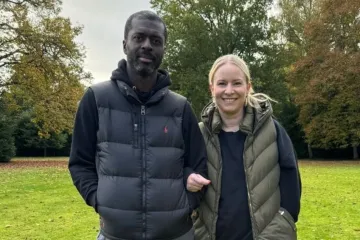






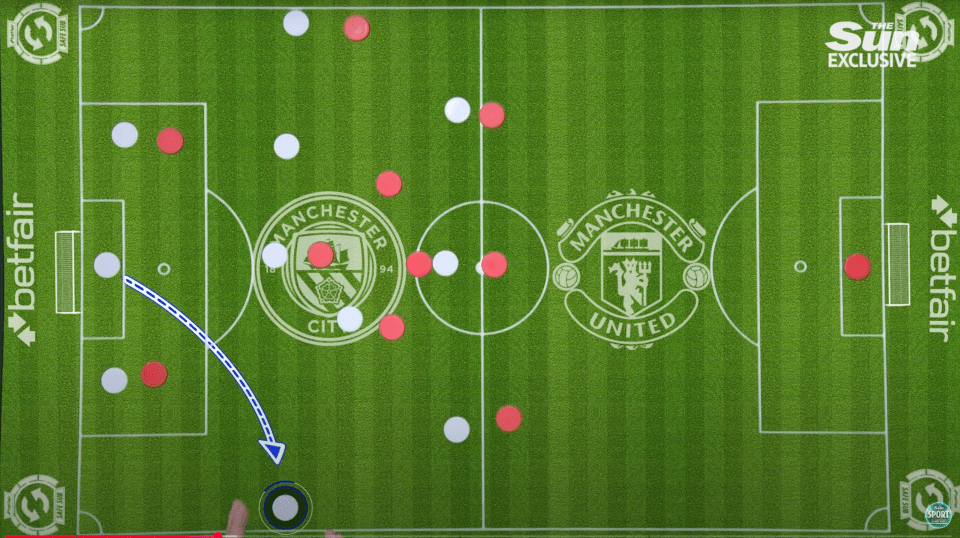



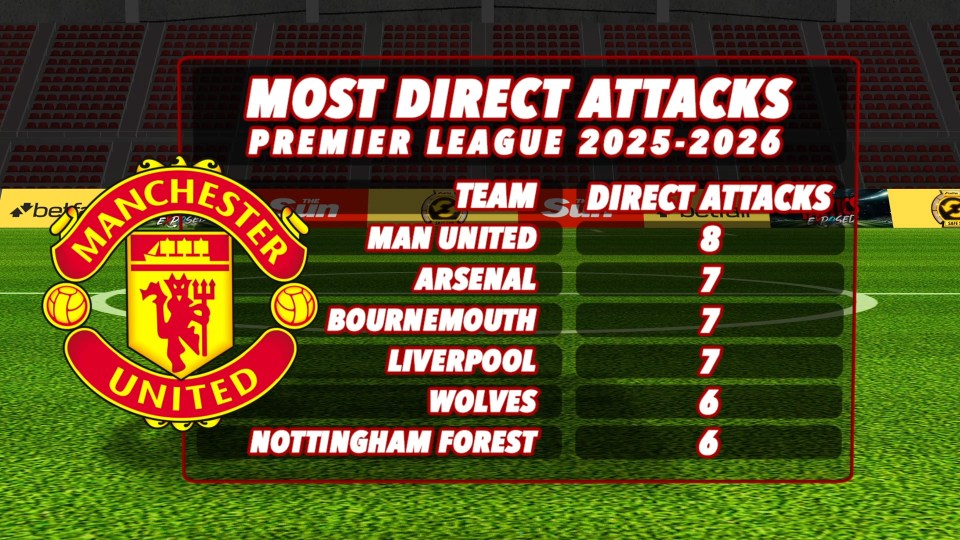
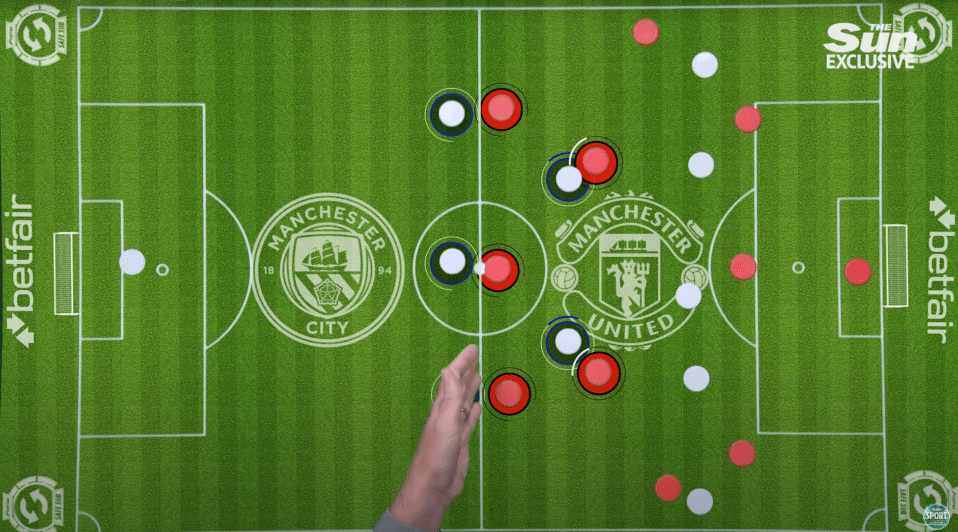






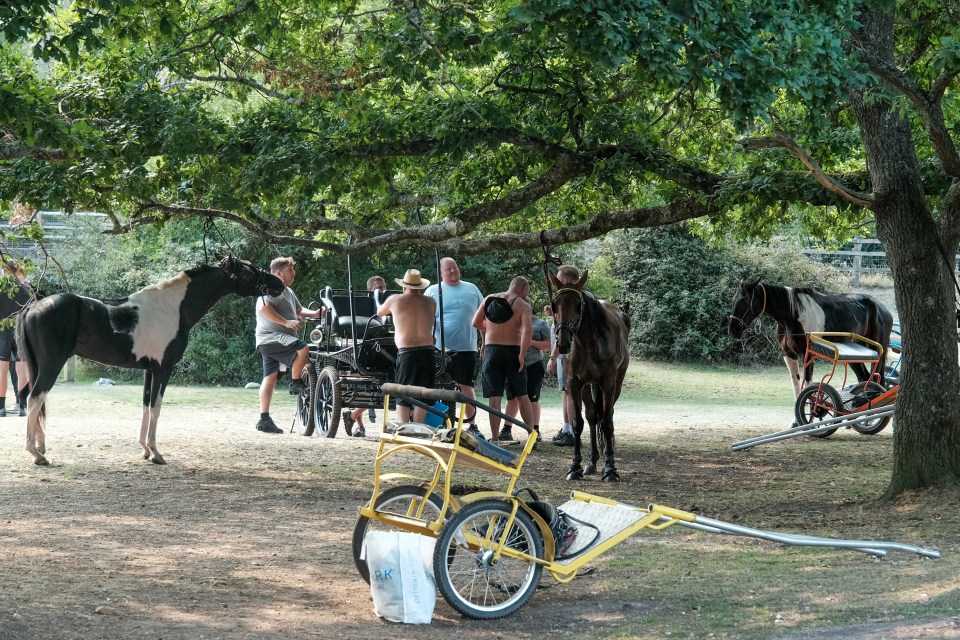
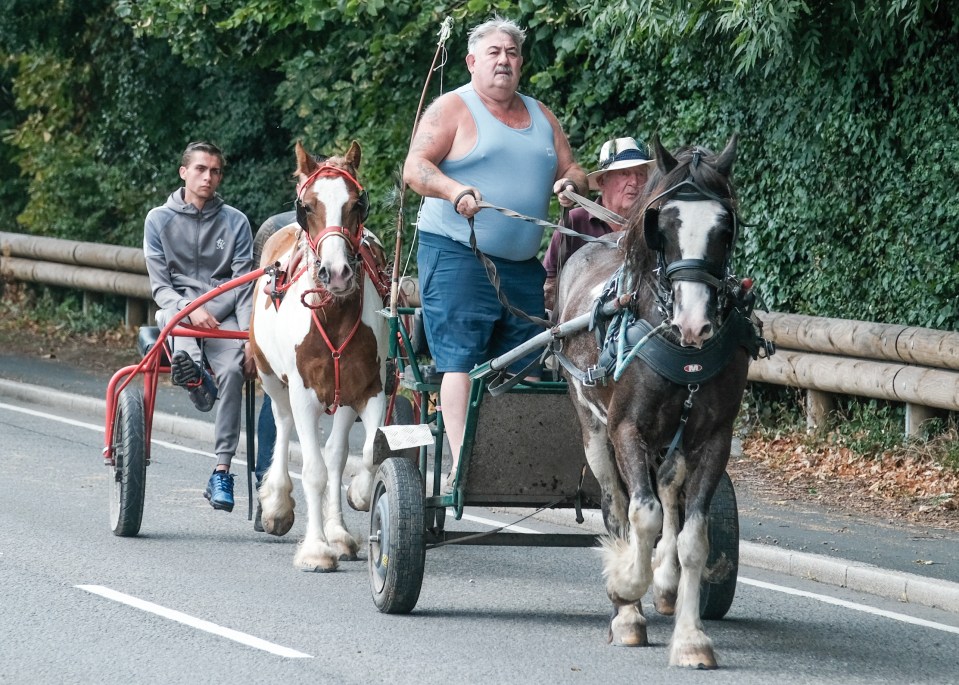

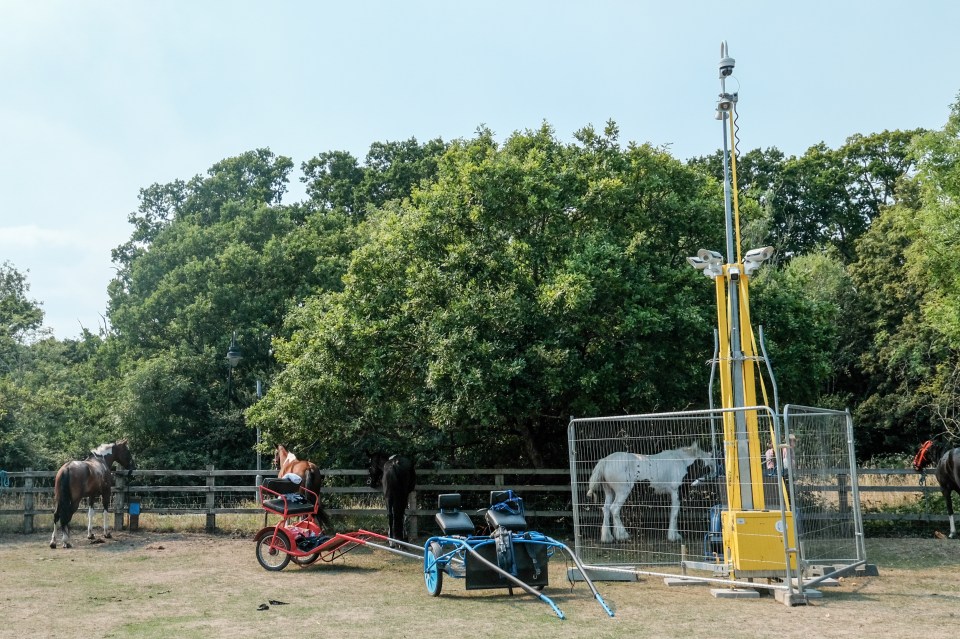

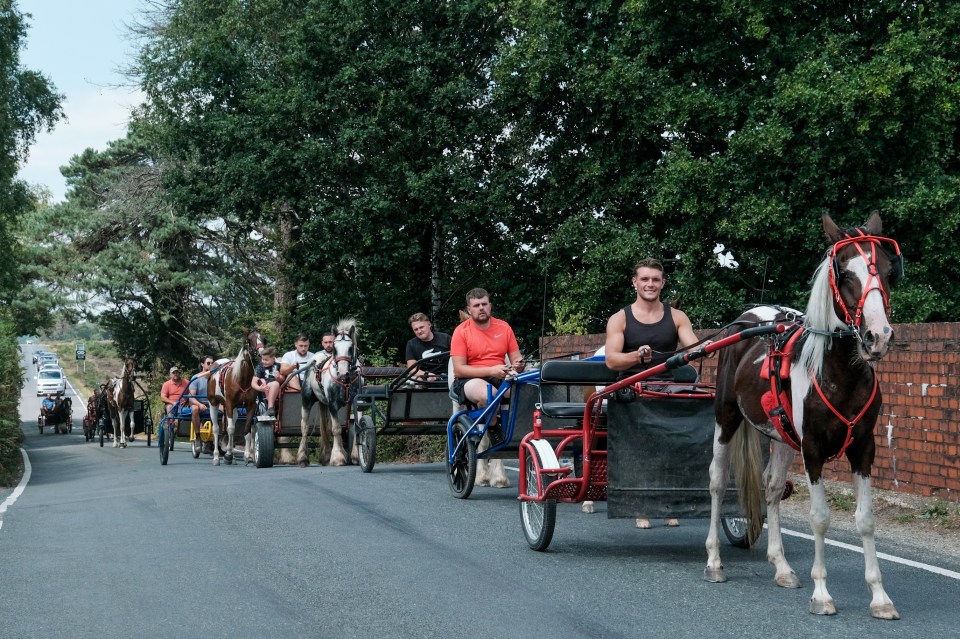
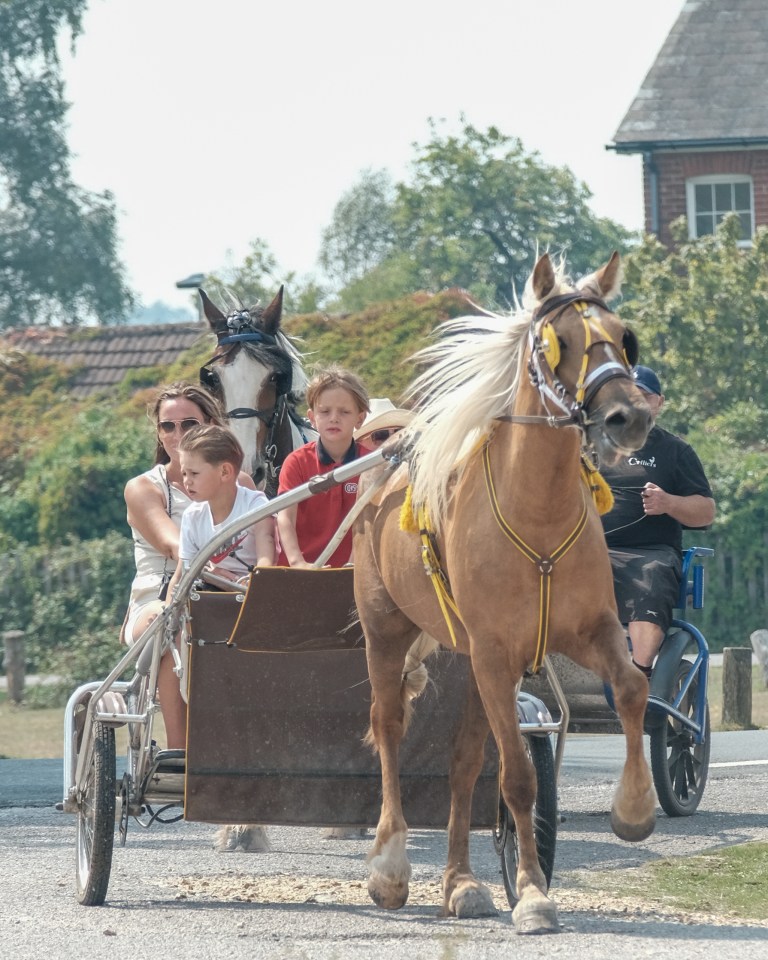
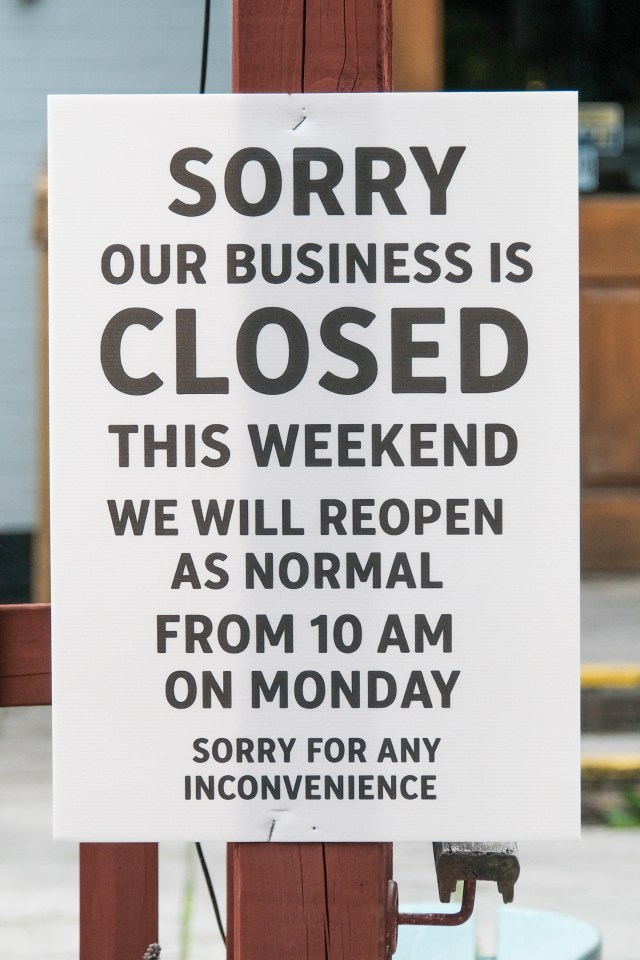


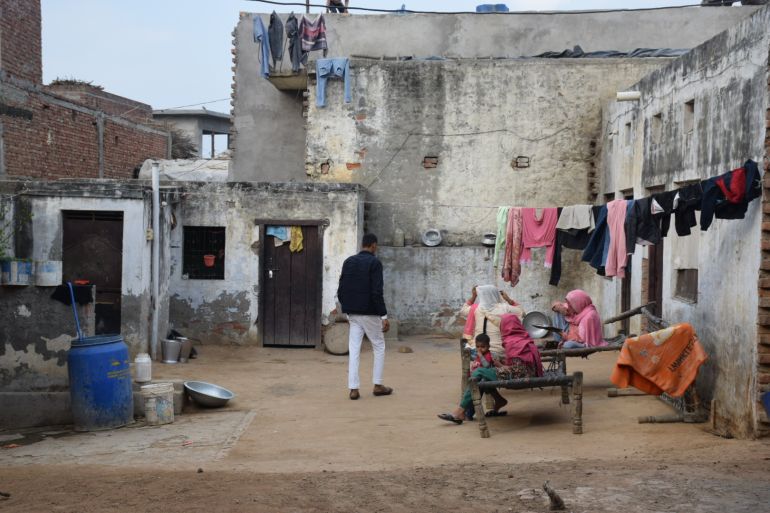
![Mohsin at his home near Meerut in India [Ismat Ara/Al Jazeera]](https://www.aljazeera.com/wp-content/uploads/2025/06/DSC_0133-1749527540.jpg?w=770&resize=770%2C513&quality=80)
![Mohsin (left) and a cousin survey their fields while wondering whether farming has any future at all in India [Ismat Ara/ Al Jazeera]](https://www.aljazeera.com/wp-content/uploads/2025/06/DSC_0218-1749527590.jpg?w=770&resize=770%2C513&quality=80)
